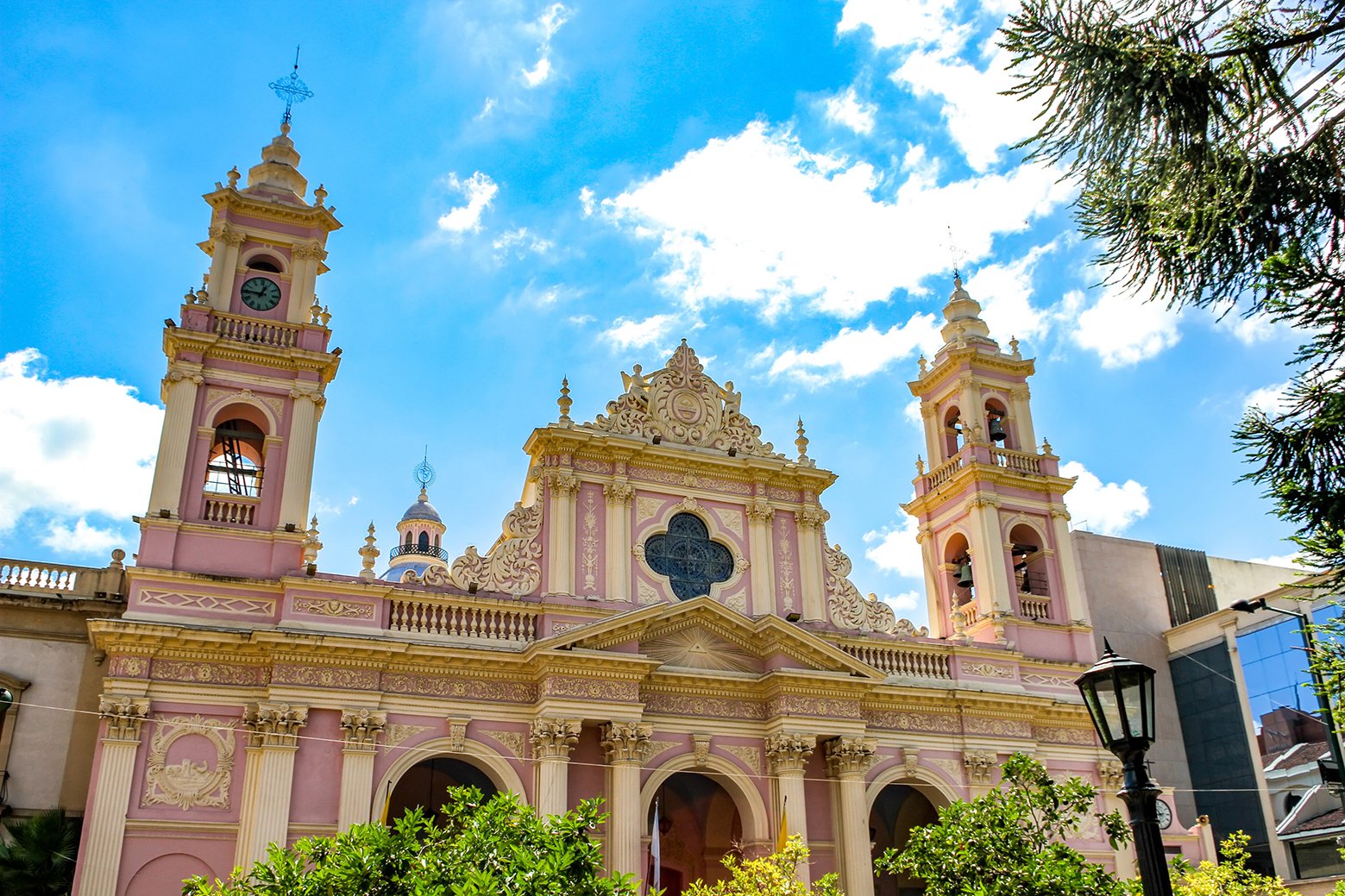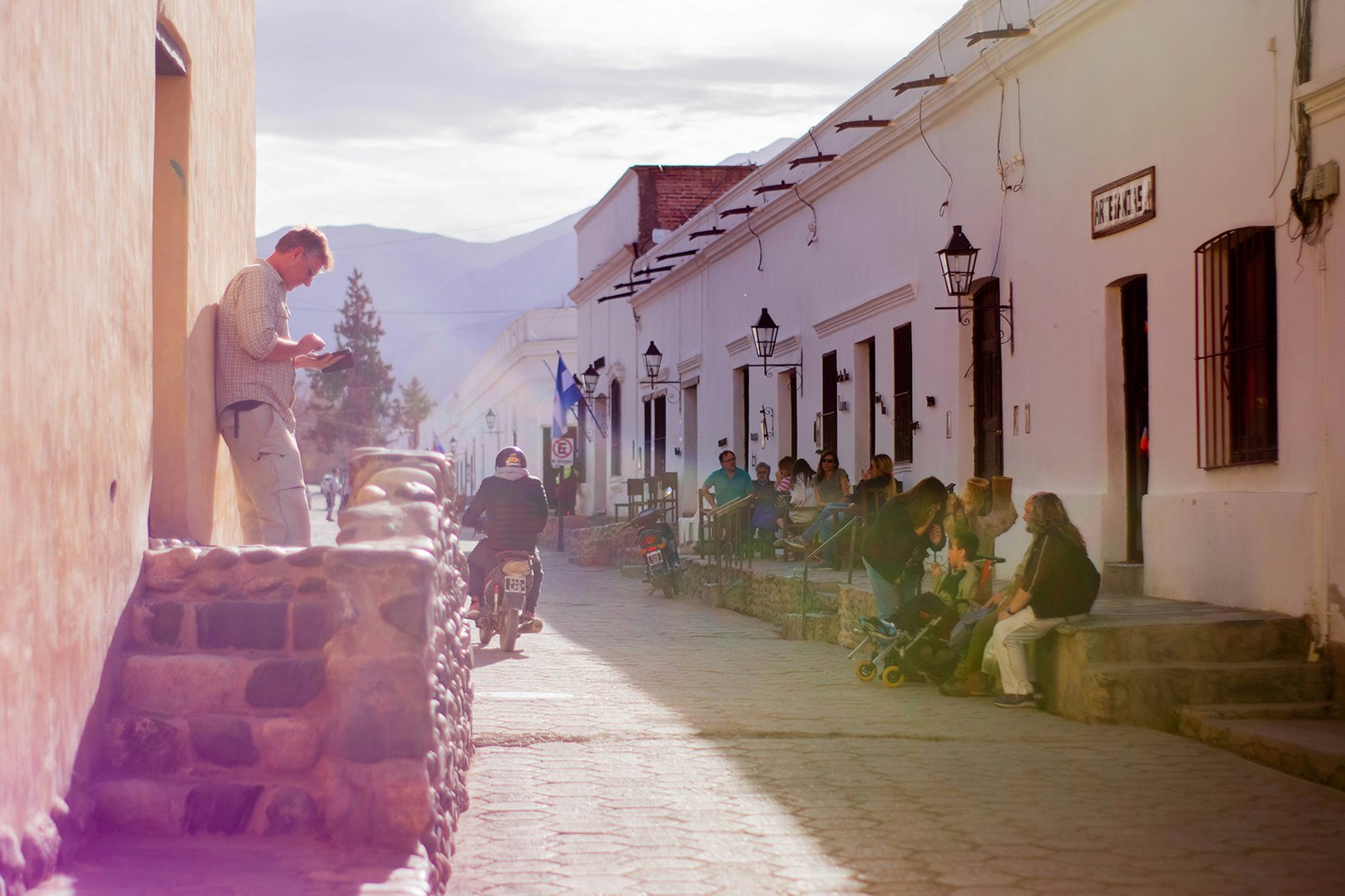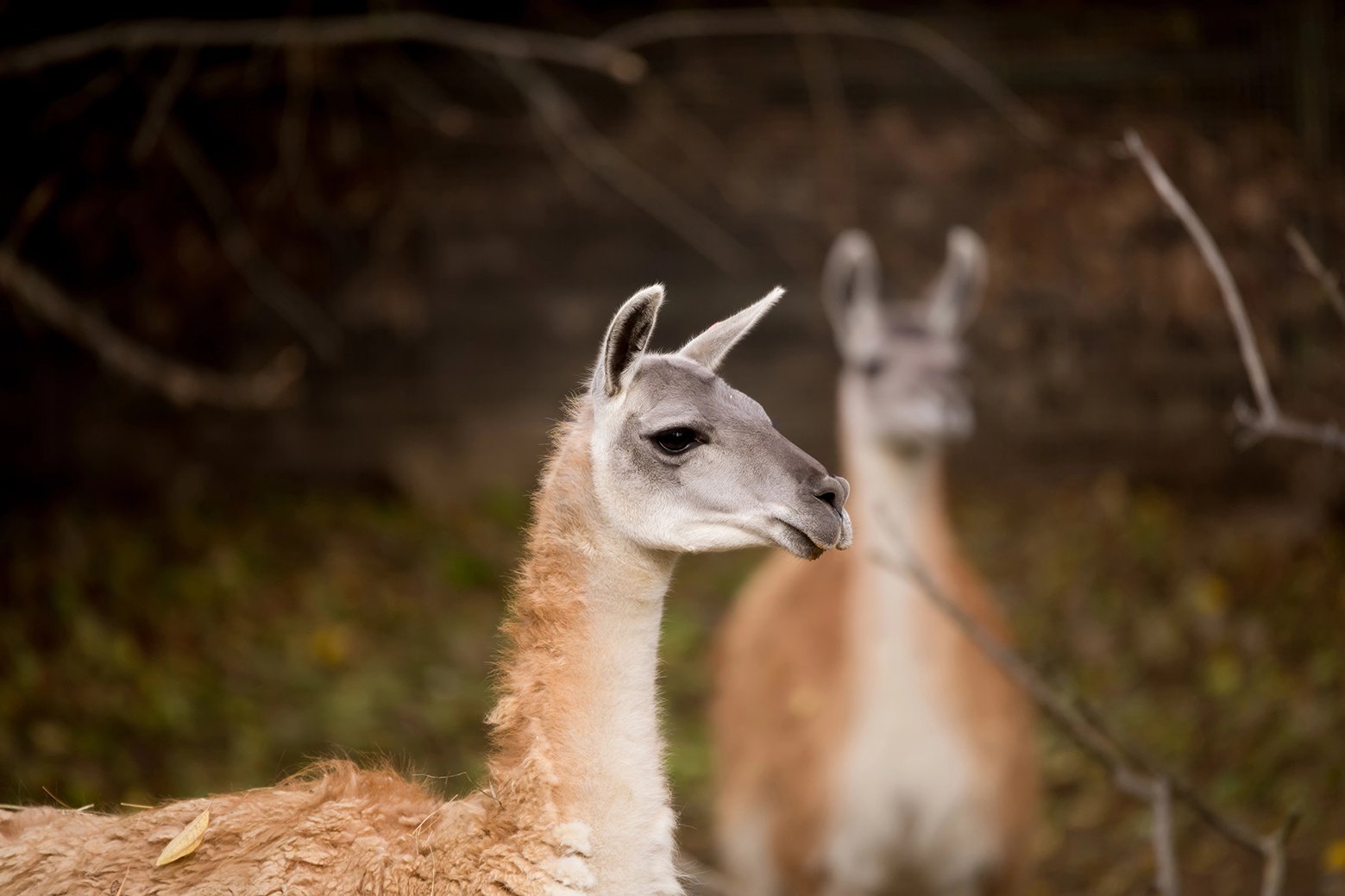La Linda
Salta Province, situated in the northwest region of Argentina, is renowned for its striking landscapes, rich cultural heritage, and historical significance. Bordered by Bolivia to the north and the provinces of Jujuy and Tucumán to the south, Salta is characterized by its diverse topography, ranging from high-altitude Andean peaks to lush valleys. This geographical variety not only contributes to breathtaking scenery but also fosters a unique climate that supports a wide array of flora and fauna.
The province's cultural significance is deeply rooted in its history, shaped by the indigenous populations that have inhabited the area for millennia, as well as by Spanish colonization in the 16th century. Salta's architecture reflects this blend of influences, with colonial-era buildings, churches, and plazas adorning its cities and towns. The city of Salta, the provincial capital, is particularly notable for its well-preserved colonial architecture, exemplified by the stunning Salta Cathedral and the Cabildo historic building.
Salta Province serves as a melting pot of cultures, with a vibrant mix of indigenous traditions and Spanish colonial customs that continue to thrive today. Various festivals, local markets, and culinary offerings exemplify this multicultural tapestry, making the region a captivating destination for visitors. The mix of indigenous and European influences is also evident in the local crafts, music, and dance, creating a unique cultural landscape that attracts both national and international tourists.
Spotlight
Salta Highlights

The City of Salta
Salta, the capital city of Salta Province, is renowned for its stunning colonial architecture and vibrant cultural scene. Founded in 1582, Salta presents a unique blend of history and modernity, drawing visitors who seek to explore its rich heritage. The city's historic center features an array of well-preserved colonial buildings adorned with intricate details, presenting numerous opportunities for architectural enthusiasts to appreciate its design. The iconic Cathedral of Salta, located in the main plaza, is a must-visit landmark. Its façade, a striking combination of pink and white hues, captivates visitors, while the interior houses beautiful religious artworks that reflect the city's deep-rooted spiritual traditions. As you explore the city, the High Mountain Archeological Museum (MAAM) should not be missed. This museum offers an insightful look into the Inca civilization and showcases artifacts retrieved from high-altitude sites, including the famous Llullaillaco mummies. Through carefully curated exhibitions, MAAM provides invaluable knowledge about ancient indigenous cultures and their significance in the region. The museum also serves as a reminder of Salta's historical prominence in the southern Andes. For those interested in local flavors, Salta boasts a diverse culinary scene that reflects the province's heritage. Traditional dishes such as empanadas salteñas and locro can be savored across various restaurants and street markets.

Cachi and the Calchaquí Valleys
The enchanting region of Cachi and the Calchaquí Valleys in Salta Province, Argentina, offers visitors a unique blend of breathtaking landscapes, traditional culture, and rich history. Nestled in the Andes foothills, this area is characterized by its stunning geological formations, including dramatic mountains, vast valleys, and lush vineyards that thrive at high altitudes. The varied topography of the Calchaquí Valleys creates a diverse ecosystem, presenting an array of flora and fauna that attracts nature enthusiasts and photographers alike. Cachi, a picturesque village situated within this captivating landscape, serves as a gateway to the natural beauty and cultural heritage of the region. The town is renowned for its colonial architecture, featuring whitewashed buildings and cobblestone streets that echo its historical significance. Visitors can explore local artisan shops that proudly display traditional crafts, including woven textiles and handcrafted pottery, showcasing the region’s rich artistic heritage. Engaging with local artisans offers insight into age-old techniques passed down through generations, fostering a deeper appreciation for the craftsmanship on display.

Wildlife Tourism
Salta Province, located in North-Western Argentina, is widely recognized for its breathtaking natural landscapes, rich biodiversity, and vibrant cultural heritage. This stunning destination is characterized by a varied topography that ranges from the Andes mountains to lush valleys and arid plains. The geographical features of Salta create a unique environment, fostering diverse ecosystems that attract nature enthusiasts and wildlife tourists from across the globe. Among the most notable attractions is Parque Nacional Los Cardones, a vast natural reserve known for its stunning cacti and diverse fauna. Visitors to this national park can expect to observe a myriad of native species, including guanacos and various birds that inhabit its unique ecosystem. The best time for wildlife watching in this area is during the cooler months of late autumn and early spring, when animals are more active.
